System cameras and Mirror SLR cameras have one decisive advantage over compact cameras: they offer you the possibility of changing the lens depending on the shooting situation. This has the advantage that you can adjust your camera to the desired motif at any time. In this way, the best possible image quality is always ensured. The lenses influence the image quality much more than is often assumed. They are the eye of the camera. If you are not satisfied with the image quality of your DSLR or DSLM, then you should not buy a new camera, but first think about upgrading your lenses - especially if you are still shooting with the kit lens that comes with the camera. These usually cannot reproduce at all what the camera actually does.
As the range of lenses for DSLRs and DSLMs is anything but clear, many laymen find it difficult to choose a suitable model for their own needs. Before buying a new lens, be sure to answer a few questions, such as: What do you want to use the new lens for? Will it be used mainly for portraiture or more for landscape photography? Or do you want to capture wild animals or sporting events photographically? Are you perhaps looking for a lens that will accompany you on all your travels? By finding an answer to these questions, it will be easier for you to decide whether you are better off with a fixed focal length lens or a zoom lens. You will also find out what focal length range the lens should cover. Read on at the bottom of our shop to find out more about how to find a lens that perfectly suits your needs!
The EF lenses have been around since Canon launched the EOS camera system in 1987. The EF lens bayonet was the first to offer fully electronic transmission of signals between camera and lens. This made it possible to ensure precise data transfer in real time. In addition, Canon was the first manufacturer to build the motor for focusing directly into the lens rather than into the camera body. Although lenses have evolved significantly since then in terms of lens materials, image stabilisation, focus system and weather sealing, the original concept is still used for all EF lenses. These Canon lenses will fit any EOS camera - including the new EOS M models. However, for these you will need the optional EF-EOS M adapter if you want to attach an EF lens.
The EF-S lenses, on the other hand, are designed specifically for Canon's DSLR models that have a smaller sensor size: an APS-C sensor. In the development of these lenses, increased attention was paid to realising a lightweight design. In addition, the design engineers optimised the lens construction for the advantages of an APS-C sensor. Lenses in the focal length range from 16 to 400 millimetres are available for cameras with an EF-S bayonet. These lenses are not compatible with full-frame cameras.
The new EF-M lenses were last introduced in 2012 together with the first EOS M camera. They feature an even more compact design and can only be used on an EOS M camera. Here, too, the entire focal length range from ultra-wide to telephoto is covered.
Despite the explanation above, are you having trouble choosing a Canon lens and don't know which lens fits your camera? The easiest way to find out is to examine the marking on your camera bayonet. To do this, first remove the lens. Press the lens release and turn it anti-clockwise. If you see a red circle on the bayonet, your camera is only compatible with EF lenses. Do you also see a white square? Then EF-S lenses can also be attached. However, if only a white circle is visible, then only the EF M models are suitable for your camera.
Some Canon lenses are additionally distinguished by an "L" in the product name and by their white colour or a red ring on the lens. We are talking about the lenses of the L-series, which Canon offers especially for professional and semi-professional photographers. Only waterproof and dust-resistant seals are used for these lenses, which is why they can be used even under adverse conditions: in sandstorms on the beach, on the open sea or in rain showers.
The L-series covers the complete spectrum of lens types. Although they are mainly found in the zoom and wide-angle range, macro lenses and fixed focal lengths are also offered. Especially the telezooms of the L-series have become interesting for hobby photographers with higher demands. They offer excellent imaging performance and make it possible to "bring in" distant subjects.
Every L lens from Canon stands for excellent imaging properties. The L lenses contain either ultra-low dispersion or fluorite glass elements with aspherical grinding. The addition of UD lenses and fluoride almost completely eliminates undesirable chromatic aberrations, even at long ranges. You will also look in vain for aberrations such as colour fringes in the contour area with these lenses. The zoom lenses of the L series are often equipped with an ultrasonic motor (USM), which is extremely fast and quiet. In addition, many of the L lenses have an image stabiliser (IS). A special feature of the L lenses is the housing. It is often made of magnesium, which is why it has an excellent feel.
Most photographers initially opt mainly for zoom lenses. They offer greater flexibility, so usually only one additional lens is needed in the luggage. But: fixed focal lengths are considered the king of lenses because they offer the best possible quality. The reason: the zoom function is always at the expense of image quality. This is why fixed focal lengths are usually particularly fast and deliver extremely sharp images. Professionals in particular prefer to shoot with fixed focal lengths. Nevertheless, Canon fixed focal lengths that leave nothing to be desired in terms of image quality are also available for beginners for less than 100 euros.
The good quality definitely speaks for the purchase of a fixed focal length. The optical construction is simpler because manufacturers can limit themselves to one focal length. Accordingly, fixed focal lengths have fewer lens aberrations, while zoom lenses are more prone to distortion, chromatic aberration and vignetting. Often the image sharpness is better with fixed focal lengths and they are usually also much faster. You benefit from this twice over: on the one hand, you can still shoot freehand in poor lighting conditions without any problems and without any blurring. This is because you can simply open the aperture further instead of asking for more exposure time. On the other hand, the larger aperture produces a great depth of field and a beautiful bokeh. The latter is especially important in portrait photography.
However, if you need to switch quickly between different focal lengths, you will quickly reach your limits with the fixed focal lengths. The flexibility is simply very limited by the fixed focal length, so you often have to move back and forth to change the image section. This is especially impractical in sports photography, where you often have to permanently change the distance to your subject. Even if you have several focal lengths with you, it is not practical to constantly change them. Firstly, the numerous lenses take up a lot of space in your camera luggage and secondly, there is a risk of dust and dirt getting onto the sensor every time you change lenses. For such applications, we therefore rather recommend a high-quality zoom lens. Alternatively, many photographers opt for a second camera on which another fixed focal length is mounted so that they can quickly switch between two focal lengths.
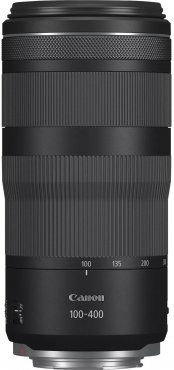
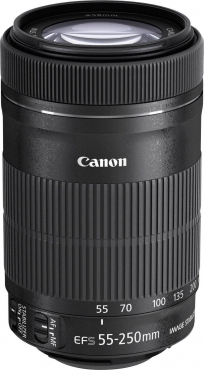
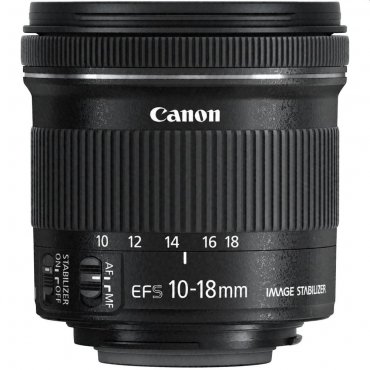

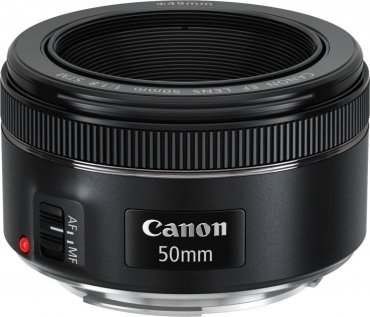
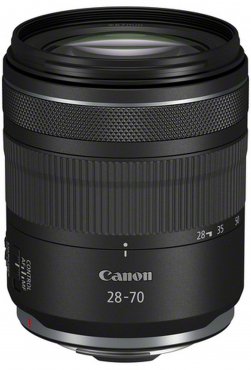
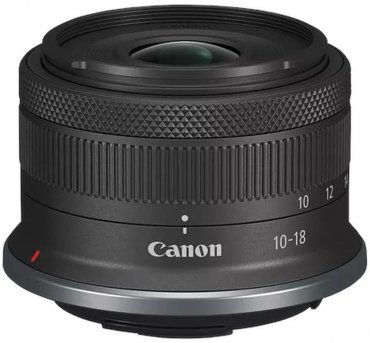


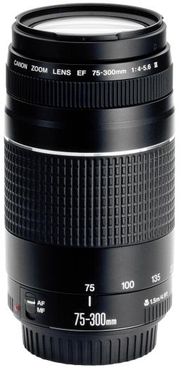
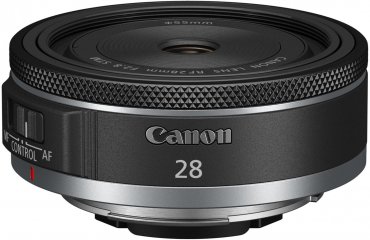
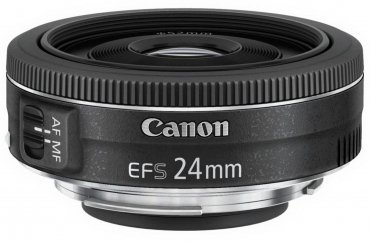
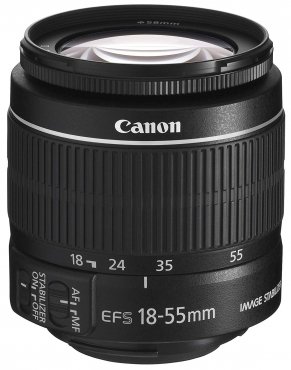
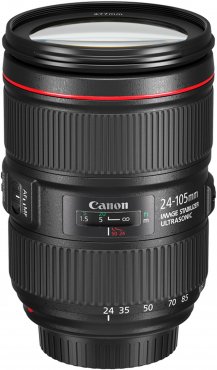
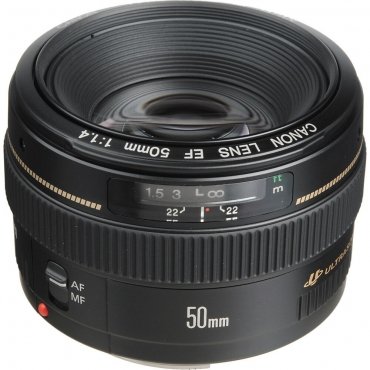

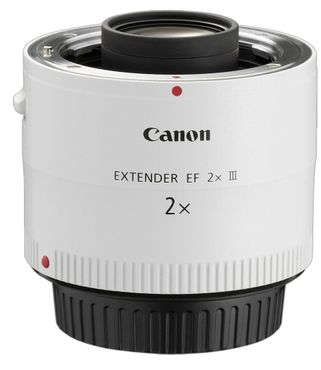
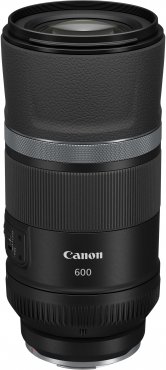
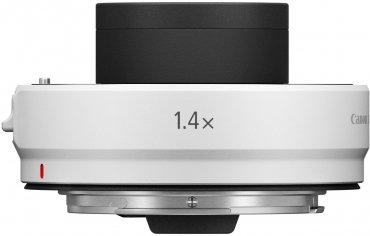

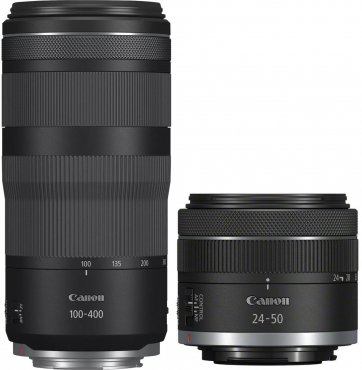
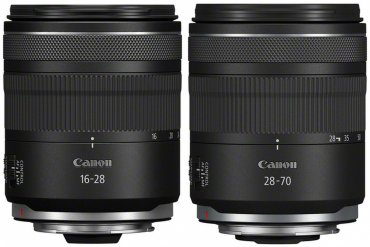
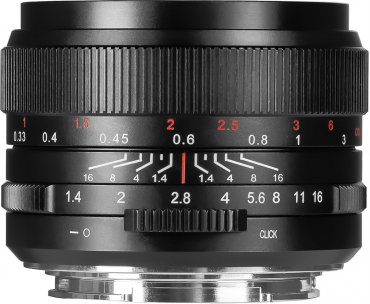
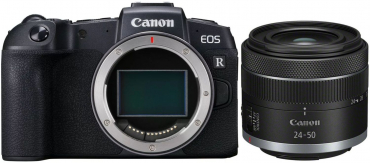
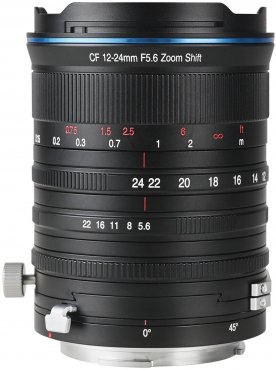
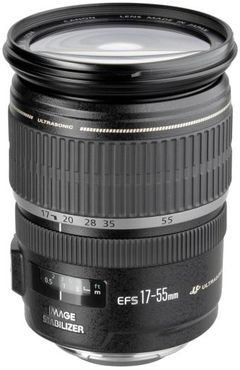
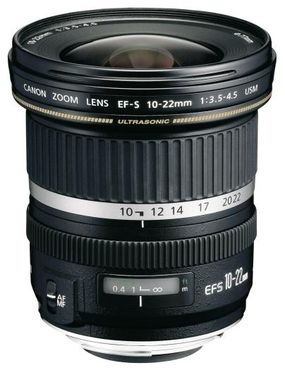
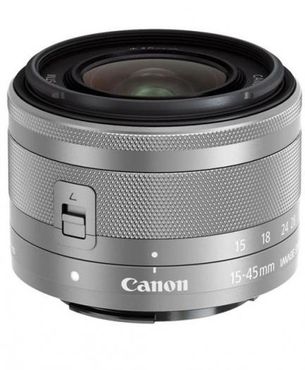
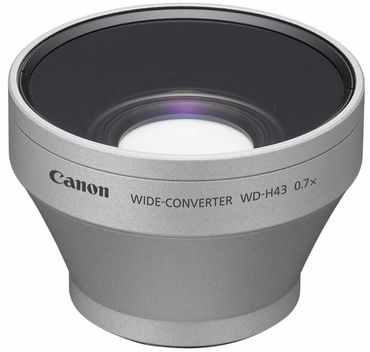
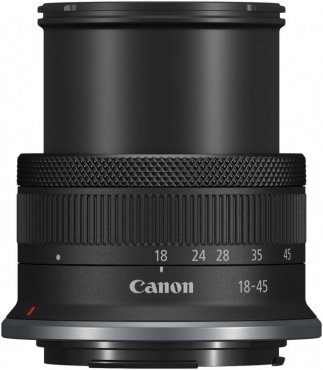
Simply subscribe and benefit as a newsletter recipient every week: